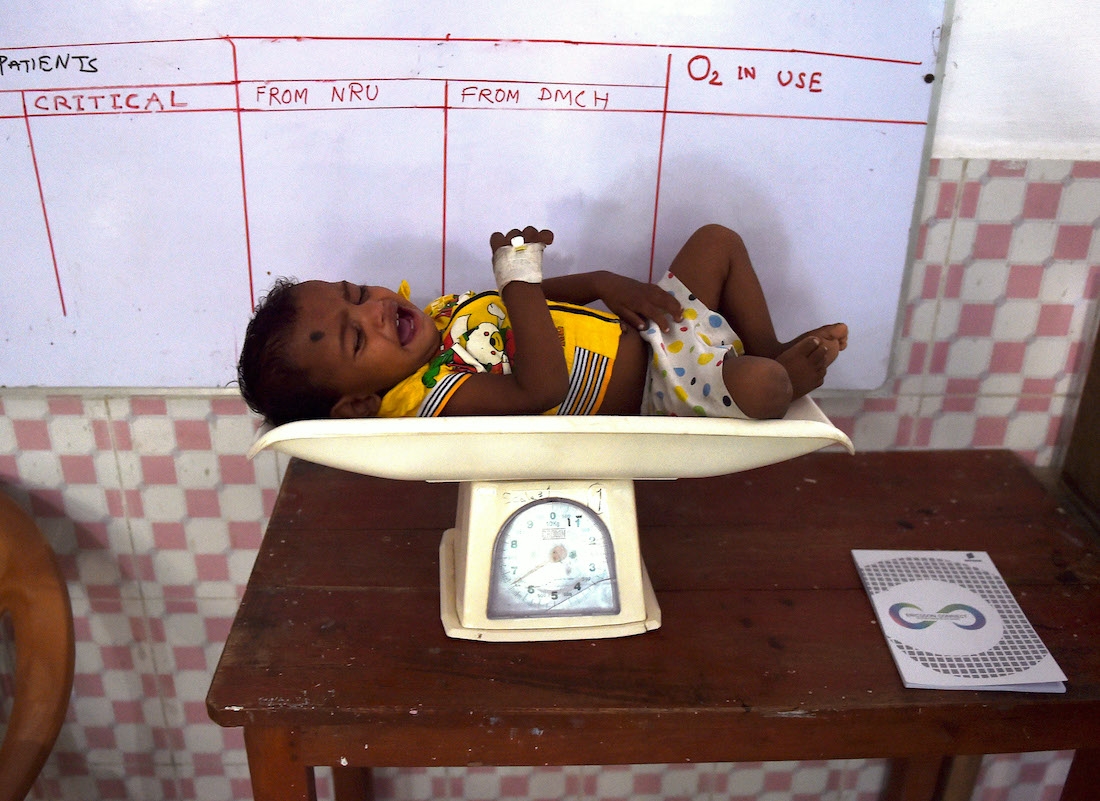Women and children are the backbone of a nation and the hope for a better future. However, when these two segments of society lack access to proper food and nutrition, the entire country suffers. India is currently facing a dire crisis of food shortage, with a growing number of undernourished children. Much of this crisis can be attributed to the lack of food for people below the poverty line. Mothers and children are enduring daily struggles for food, often resorting to begging on the streets, which in turn leads to a significant number of child deaths due to malnutrition. India’s ranking of 107th in the Global Hunger Index as of 2022 is alarming news for a country where agriculture contributes to 16% of the GDP.
Causes of malnutrition in mothers and children in India
There are many reasons as to why the situation of children and mothers is so concerning but if we were to point out 6 major challenges then it would lead to these:
Poverty
Poverty in India has been a significant challenge for many years. Since the independence of the country, catering to the huge population and fulfilling their needs have been a task. The percentage of the population living in poverty fell to 15% in 2019-21 from 25% in 2015/16, which is progress but still, being the world’s most populous country a whopping 15% means a lot of people live in terrible conditions. This limits their access to food and shelter making it extremely tough for them to feed their children.
Inequality in Food Distribution
As mentioned above, India being one of the world’s largest food producers doesn’t change the fact that there is a significant disparity in the distribution of food across different regions as well as different socioeconomic groups. The government is working really hard to solve this issue and make food accessible to all with rationed prices but still a huge number of people either do not have the access to it or worse, cannot afford it. Particularly in the rural areas this inequality exacerbates the food shortage crisis where agricultural productivity may be lower.
Lack of Access to Healthcare and Education
At least a quarter of India’s population lives in the rural areas where adequate healthcare facilities or educational resources aren’t available in plenty. The problem with malnutrition is not just because of a shortage of food but also nutrition. In areas where food might still be available, the right kind of healthcare is not. This leads to a major problem when it comes to the requirement of proper medical or nutritional support pregnant mothers or lactating mothers need. When the nutrition intake of a pregnant or lactating mother is not adequate, she will naturally give birth to undernourished offsprings who will grow up to be malnourished children. It’s a cycle that needs to be addressed at the root level through proper interventions.
Insufficient Government Intervention
While there are various government welfare programs aimed at addressing food security and malnutrition, their effectiveness is often hindered by corruption, bureaucratic inefficiencies, and inadequate implementation. This results in limited impact on alleviating the root causes of malnutrition. In the recent years the government has undertaken many measures to help the children in need and secure the nation’s future but yet, there’s miles to go.
Climate Change and Environmental Degradation
This might not seem like an obvious reason for stunted, wasted and malnourished children and undernourished mothers but it is a major factor. Due to the climate change induced factors such as erratic weather pattens, floods and droughts which adversely affect agricultural productivity, which is a major source of income for people living in rural areas.
Lack of Women’s Empowerment
Again, if the question arises as to why women’s empowerment is proportional to healthy children, then the answer is simply because women who have autonomy and control over household resources can take better care of their food intake and their children’s as well. But gender disparities in access to resources, education and decision making contribute vigorously to women’s vulnerability and malnutrition. Government as well as CSR programmes trying to empower women have significantly led to a better livelihood and food intake in women and children in the rural parts of the nation.
When all these combined attacks a certain section of the society, they not only fall to their feet but also have a very hard time getting back up. This is what has happened to the children and women living in poverty for decades in India. The cycle of malnutrition needs to be addressed where it starts from, starting with identification of where the need for nutrition is most and acting on it immediately. Through several programmes and strategies, this issue can also be resolved. Obviously, it will take time to eradicate hunger from India or the world as a whole but even baby steps towards a better future together can make a great difference.
